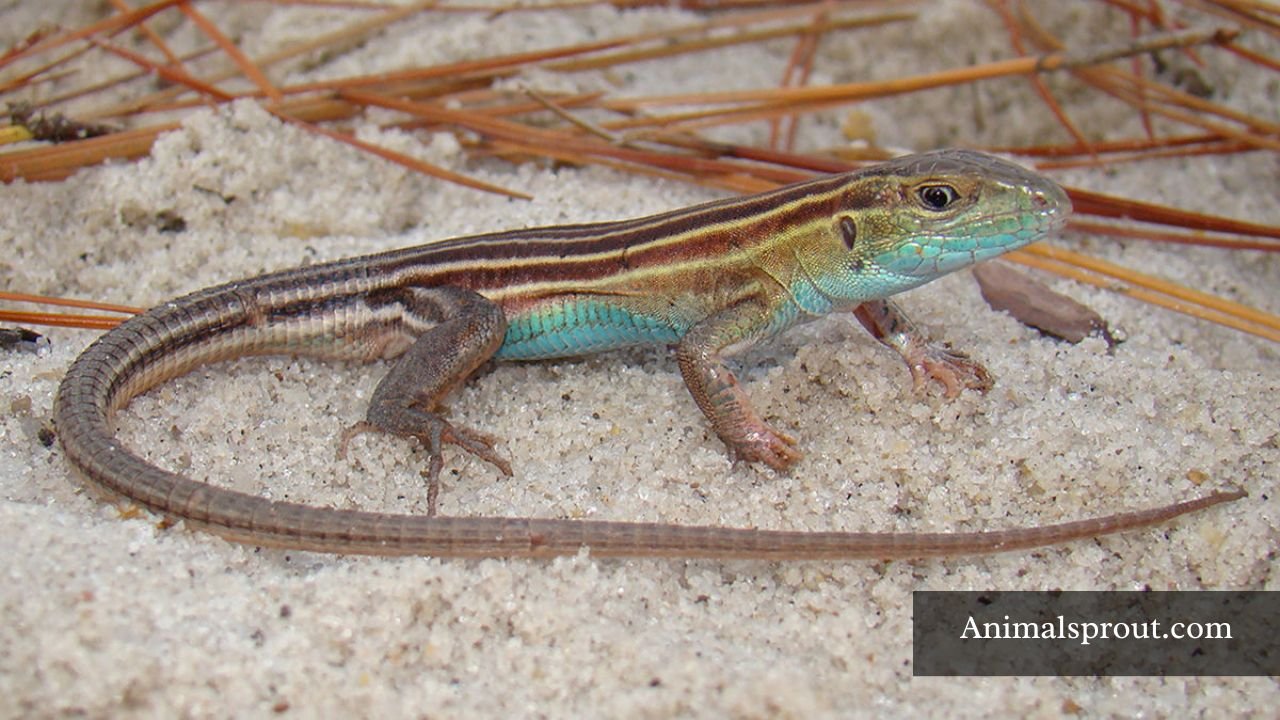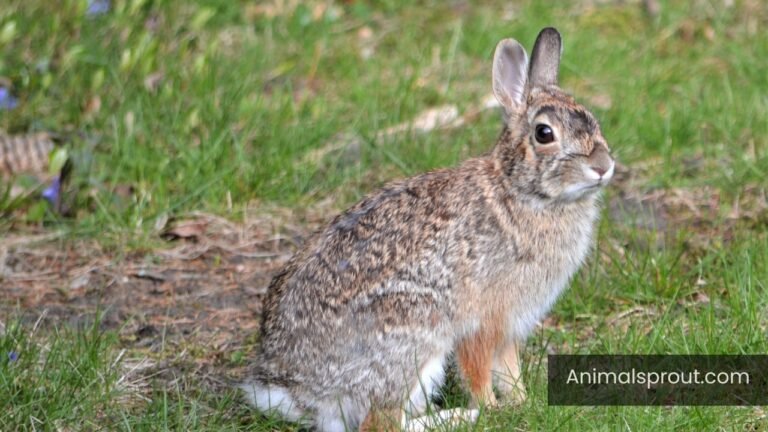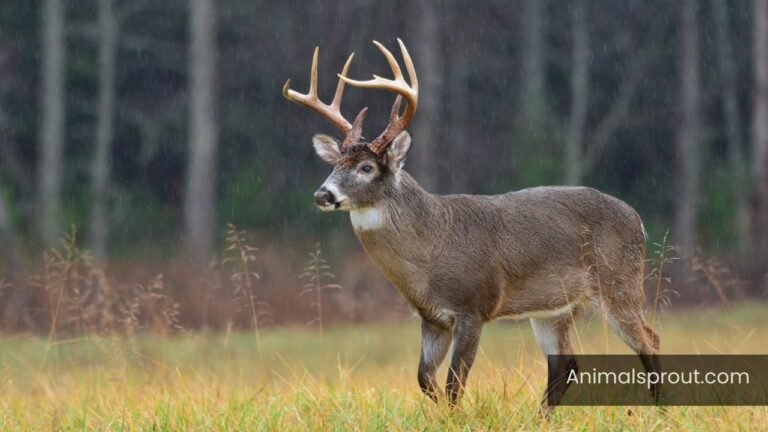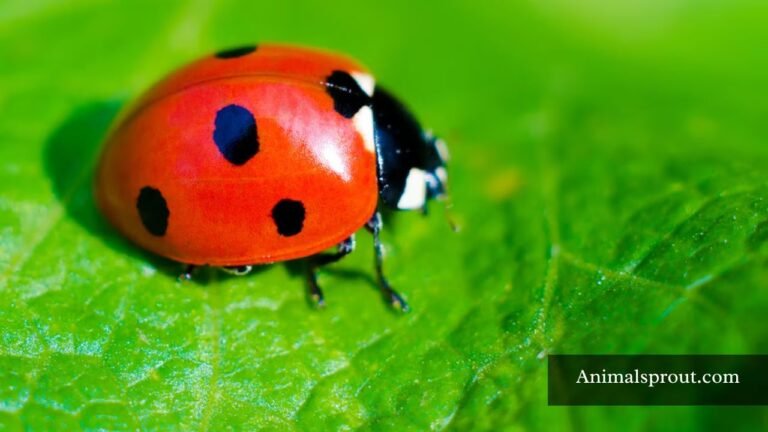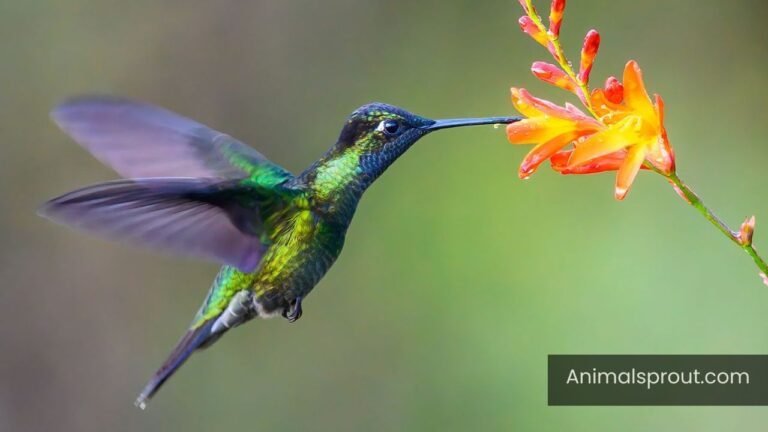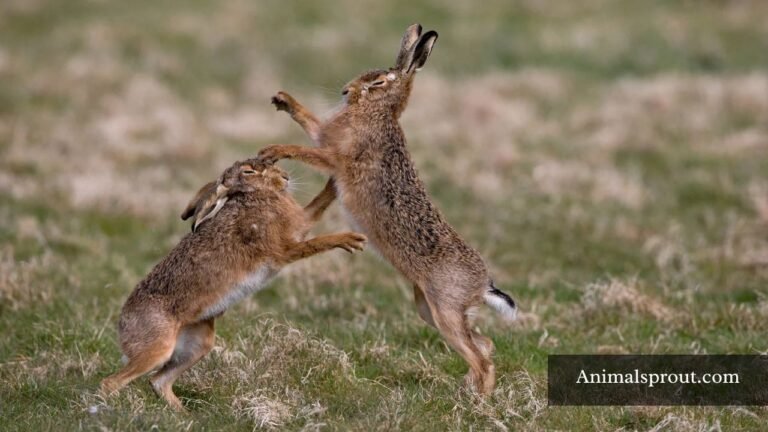Explore Top 17 Lizard Species in Texas (With Pictures)
Understanding the various lizard species in Texas not only enriches our knowledge of the state’s unique ecosystems but also highlights the importance of conservation efforts. In this article, we’ll explore the most common lizards found across Texas, their habitats, and their roles in the local environment. By the end, you’ll have a greater appreciation for these remarkable creatures and their place in our natural world.
List of Lizard Species in Texas
Below is the list of lizards in Texas:
| Number of animals | Names of lizards that exist in Texas |
| 1 | Texas Spiny Lizard |
| 2 | Six-lined Racerunner |
| 3 | Texas Alligator Lizard |
| 4 | Little brown skink |
| 5 | Rose-bellied Lizard |
| 6 | Side-blotched Lizard |
| 7 | Green Anole |
| 8 | Five-lined Skink |
| 9 | Prairie Lizard |
| 10 | Greater Earless Lizard |
| 11 | Mediterranean Gecko |
| 12 | Ornate Tree Lizard |
| 13 | Texas Banded Gecko |
| 14 | Texas Horned Lizard |
| 15 | Eastern Collared Lizard |
| 16 | Desert Spiny Lizard |
| 17 | Eastern Fence Lizard |
Texas Spiny Lizard
Length: 7.5 to 11 inches
The Texas Spiny Lizard, known scientifically as “Sceloporus olivaceus”, is a remarkable inhabitant of the Lone Star State’s diverse landscapes. With its distinctive spiny scales and vibrant coloration, this lizard is not only a visual delight but also an ecological marvel. Found primarily in the central and western regions of Texas, these lizards thrive in rocky outcrops, wooded areas, and even suburban gardens, showcasing their adaptability to various habitats. Their ability to blend seamlessly into their surroundings makes them both elusive and fascinating for nature enthusiasts and casual observers alike.
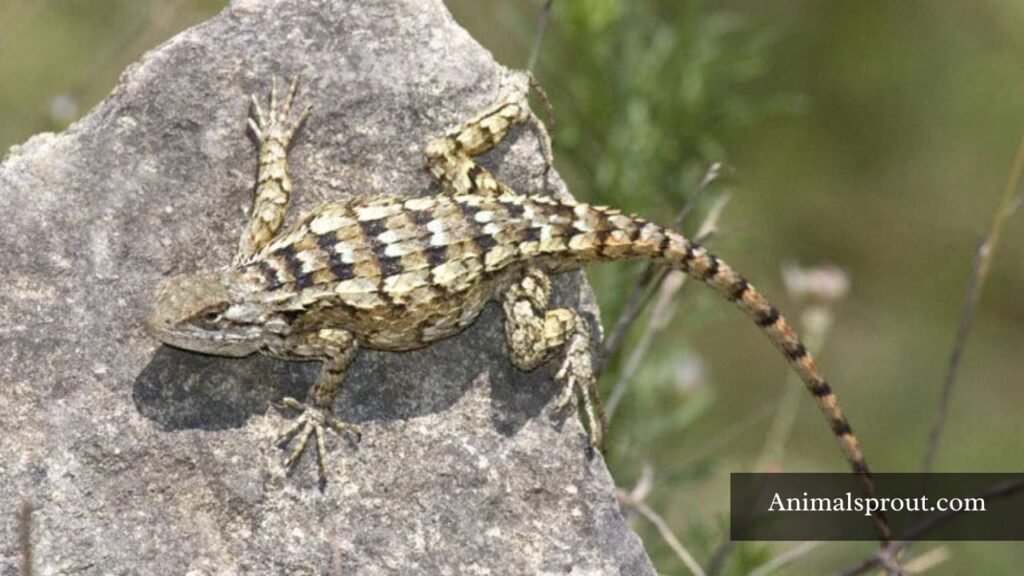
One of the most captivating aspects of the Texas Spiny Lizard is its behavior during mating season. Males engage in a dazzling display of territoriality, showcasing their bright blue bellies and performing push-ups to attract females. This vibrant display not only serves to woo potential mates but also establishes dominance among rivals. Additionally, these lizards play a crucial role in their ecosystems by controlling insect populations, proving that even the smallest creatures can have a significant impact on their environment.
Six-lined Racerunner
Length: 6 to 10.5 inches
The Six-lined Racerunner, scientifically known as “Aspidoscelis sexlineatus”, is a true embodiment of speed and adaptability in the Texas landscape. With its striking pattern of six distinct light stripes running down its back, this lizard not only captivates the eye but also showcases nature’s artistry. Found primarily in sandy soils and open grasslands, the Racerunner has evolved to thrive in the diverse ecosystems of Texas, demonstrating remarkable agility as it darts through its environment to evade predators and catch prey.
What makes the Six-lined Racerunner particularly fascinating is its unique behavioral adaptations. Unlike many other lizard species that rely on camouflage for protection, this lizard often resorts to sheer speed, reaching bursts of up to 18 miles per hour. Their keen eyesight allows them to spot threats from afar, making their rapid escapes all the more impressive. These lizards are diurnal, basking in the sun to regulate their body temperature — a vital strategy in the often harsh Texas climate.
Texas Alligator Lizard
Length: 10 to 16 inches
The Texas Alligator Lizard, with its distinctively rugged, scaled appearance, is a true emblem of the Lone Star State’s diverse wildlife. Found primarily in the rocky terrain of Central and West Texas, this lizard thrives in environments that challenge many other species. Its unique adaptation to the harsh sun and arid conditions is reflected in its ability to burrow into the cool earth, escaping the searing heat while hunting for insects and small invertebrates.
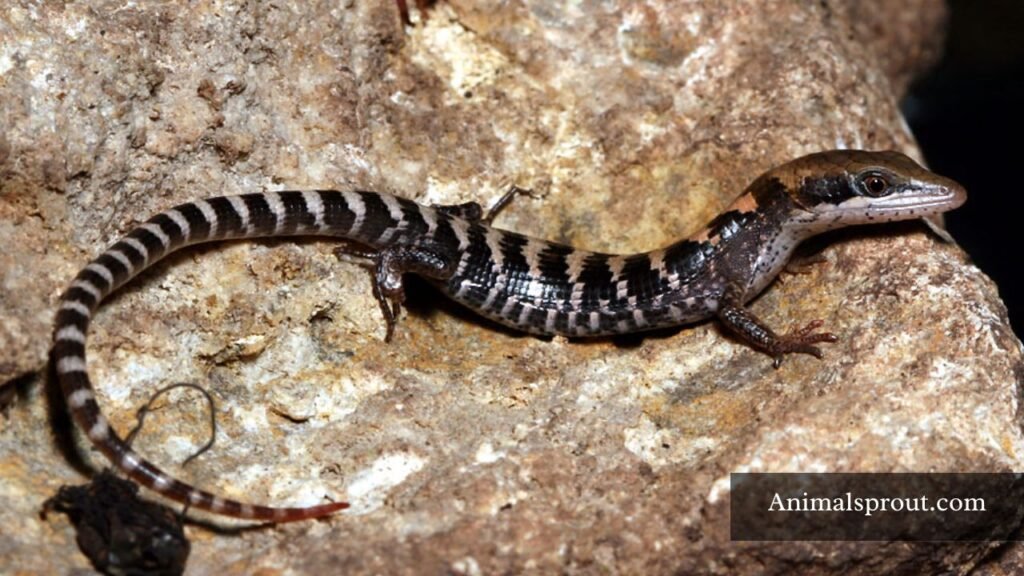
Observing these lizards in their natural habitat reveals their remarkable agility and intriguing behaviors, such as their habit of basking on sun-warmed rocks or branches, displaying their striking colors that can shift from vibrant greens to muted browns. Beyond their physical allure, Texas Alligator Lizards play an essential role in the ecosystem. They contribute to pest control by keeping insect populations in check, which can be particularly beneficial for local agriculture.
Little brown skink
Scientific Name: Scincella lateralis
Length: 3 to 5.5 inches
The little brown skink, a diminutive gem of Texas’s diverse reptilian landscape, often goes unnoticed amid the more flamboyant inhabitants of the region. With its smooth, shiny scales and a coloration that ranges from a warm brown to a striking copper hue, this lizard has evolved to blend seamlessly into its surroundings — making it an expert at camouflage. Found primarily in moist habitats like leaf litter, woodlands, and gardens, these skinks are not just masters of disguise but also fascinating ambassadors of their ecosystems.
What sets the little brown skink apart is its remarkable agility and behavior. When threatened, it can perform a dazzling escape maneuver, darting into crevices or under logs with incredible speed. This agility is complemented by its diet; these lizards feast on a variety of small insects and invertebrates, playing a crucial role in pest control.
Rose-bellied Lizard
Scientific Name: Sceloporus variabilis
Length: 4 to 7 inches
The Rose-bellied Lizard, a striking inhabitant of Texas, is a testament to the state’s rich biodiversity. With its vibrant coloration ranging from soft browns to stunning pinks, this lizard is not just a feast for the eyes but also a marvel of adaptation. Often found basking on sun-warmed rocks or darting through the underbrush, its behavior reflects an intriguing blend of caution and curiosity. Unlike many of its counterparts, the Rose-bellied exhibits a unique social structure; they engage in intricate displays to communicate with one another, showcasing not only their physical prowess but also their vibrant personalities.
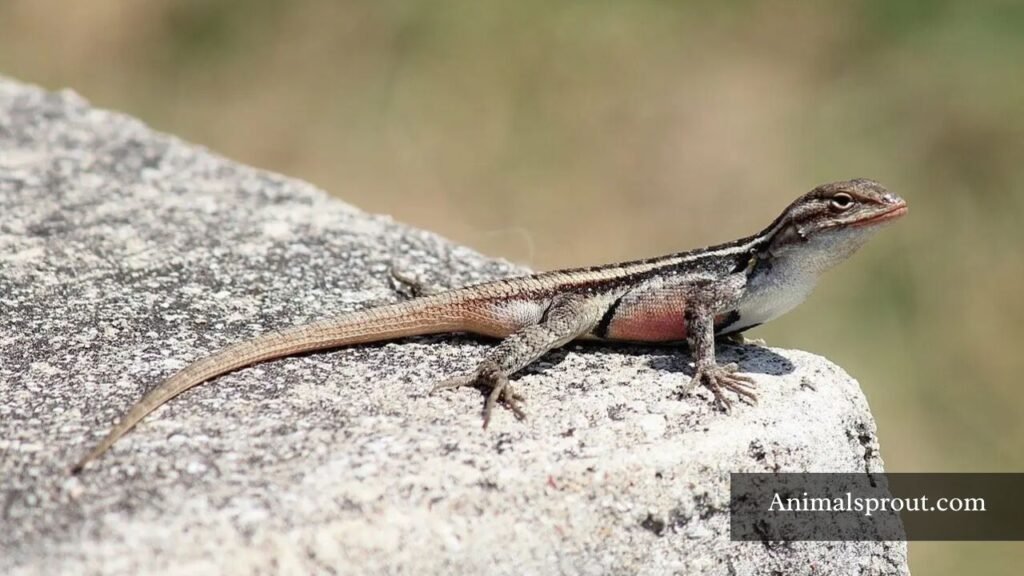
What sets the Rose-bellied Lizard apart is its remarkable ability to thrive in diverse habitats, from arid deserts to lush grasslands. This adaptability is partly due to its diet, which is a mix of insects and plant matter, allowing it to flourish even when food sources fluctuate. Observers might be surprised to see these lizards engaging in cooperative behaviors, where individuals will often work together to defend their territory against intruders.
Side-blotched Lizard
Scientific Name: Uta stansburiana
Length: 4 to 6 inches with tail
The Side-blotched Lizard, a small yet vibrant reptile native to Texas, showcases a remarkable adaptation to its arid environment. With distinct blue or orange throat patches and a striking pattern of dark blotches along its sides, this lizard not only captivates with its appearance but also plays a crucial role in the local ecosystem. Often found basking on sunlit rocks or darting among the sparse vegetation, these lizards exhibit fascinating behaviors that speak to their survival strategies. For instance, their rapid movements and ability to camouflage among the sandy soil allow them to evade predators effectively.
What truly sets the Side-blotched Lizard apart is its intriguing mating system, characterized by three distinct male morphs: orange-throated, blue-throated, and yellow-throated. Each morph employs a unique strategy to attract females and maintain territory, creating a dynamic social structure that researchers find endlessly fascinating. The orange-throated males are aggressive and dominant, while the blue-throated males are more nurturing, often forming alliances to protect their mates. This diversity in reproductive strategies highlights the complexity of evolutionary adaptations and offers a captivating glimpse into how nature balances competition and cooperation.
Green Anole
Scientific Name: Anolis carolinensis
Length: 5 to 8 inches
The Green Anole, often referred to as the “American chameleon,” captivates both casual observers and reptile enthusiasts with its remarkable ability to change color. While they predominantly showcase vibrant greens, these lizards can shift to shades of brown in response to temperature changes or stress. This dynamic adaptation not only aids in camouflage but also highlights their unique role in Texas’s diverse ecosystems. In gardens and backyards, they are not just beautiful to watch; they play a crucial role in pest control, feasting on insects that might otherwise overwhelm local flora.
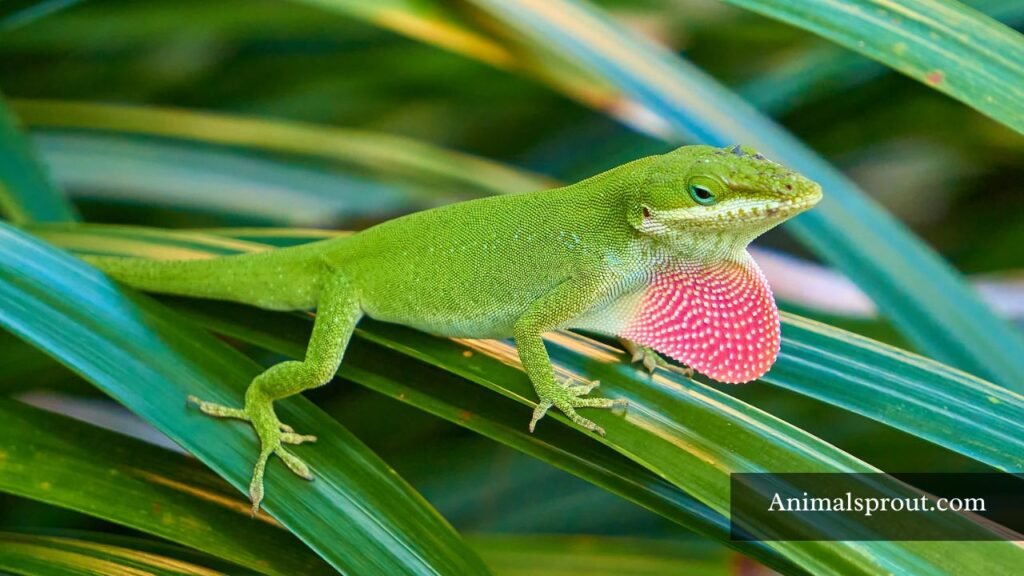
Beyond their color-changing prowess, Green Anoles exhibit intriguing social behaviors. Males engage in elaborate displays, extending their brightly colored dewlaps to attract females and assert dominance over territory. These rituals add an element of drama to their interactions, reminding us that even the smallest creatures have complex lives filled with competition and courtship.
Five-lined Skink
Scientific Name: Plestiodon fasciatus
Length: 5 to 8.5 inches
The Five-lined Skink, with its striking blue tail and sleek, elongated body, is a vivid reminder of the hidden beauty in Texas’s diverse ecosystems. Often found basking on rocks or darting through leaf litter, this lizard exhibits fascinating behavioral adaptations. Unlike many of its reptilian relatives, the Five-lined Skink demonstrates a unique capacity for regeneration; if threatened by predators, it can shed its tail, allowing for a quick escape while the lost appendage continues to wiggle and distract. This remarkable survival tactic not only showcases the lizard’s resilience but also offers a glimpse into the evolutionary marvels that occur in the heart of Texas.
While often overlooked in favor of more flamboyant species, the Five-lined Skink plays an essential role in its environment as both predator and prey. Its diet primarily consists of insects and small invertebrates, contributing to the ecological balance within its habitat.
Prairie Lizard
Length: 4 to 7 inches
The Prairie Lizard, scientifically known as “Sceloporus consobrinus”, is a remarkable example of adaptability in the diverse ecosystems of Texas. This small, agile reptile showcases a fascinating array of colors that can vary dramatically based on its environment — ranging from earthy browns to vibrant greens and blues. The lizard’s unique ability to change its hue not only serves as camouflage against predators but also plays a crucial role in thermoregulation, allowing it to thrive in the sun-soaked landscapes of Texas grasslands.
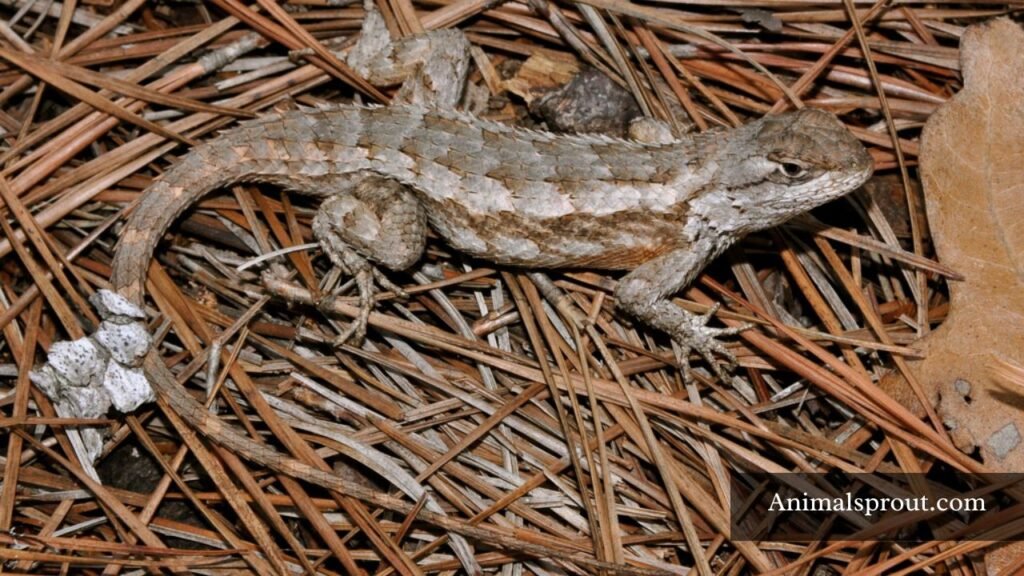
Beyond their striking appearance, Prairie Lizards exhibit intriguing social behaviors that are often overlooked. Males are known for their territorial displays, engaging in push-up routines and head bobbing to assert dominance and attract potential mates. These interactions provide a window into their complex social structures, revealing a world where communication is as vital as survival.
Greater Earless Lizard
Scientific Name: Cophosaurus texanus
Length: 5 to 7.5 inches
The Greater Earless Lizard, a unique inhabitant of Texas’s arid landscapes, boasts a striking adaptation: its lack of external ear openings. This intriguing feature not only enhances its streamlined appearance but also serves a functional purpose, allowing it to thrive in the sun-drenched environments where it makes its home. With skin that mirrors the sandy terrain, this lizard employs remarkable camouflage to evade predators while basking on warm rocks or darting across the desert floor.
Beyond its physical traits, the Greater Earless Lizard exhibits fascinating behavioral adaptations. These lizards are known for their dynamic displays during mating season, where males engage in territorial squabbles that involve push-ups and head-bobbing displays — an impressive sight that showcases their strength and vitality. Additionally, their diet primarily consists of insects, which they adeptly hunt with quick bursts of speed, reflecting a finely-tuned predator-prey relationship essential for survival in the harsh Texas climate.
Mediterranean Gecko
Scientific Name: Hemidactylus turcicus
Length: 4 to 5.5 inches
The Mediterranean gecko is a fascinating resident of Texas that often goes unnoticed amidst the state’s diverse reptilian landscape. These small, nocturnal lizards are masters of camouflage, blending seamlessly into their surroundings with a mottled gray and brown appearance. Their unique ability to thrive in urban environments makes them a common sight on the walls of homes and buildings, where they can often be seen hunting insects under the glow of porch lights. This adaptability not only highlights their resilience but also underscores the interconnectedness of urban ecosystems.
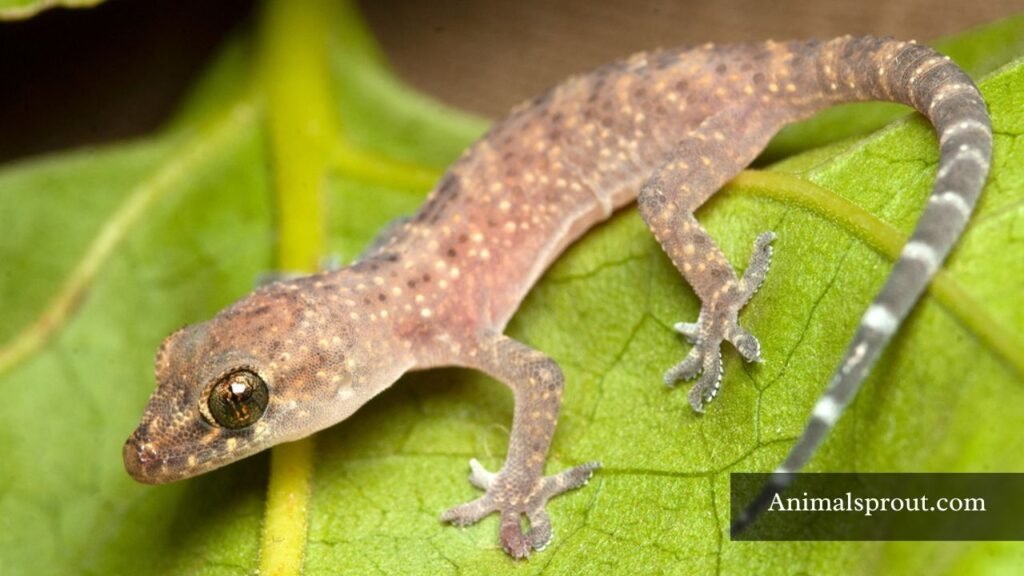
Beyond their practical benefits as pest controllers, Mediterranean geckos have intriguing social behaviors that set them apart from many other lizard species. They are known for their vocalizations, which include a variety of clicks and chirps used for communication, especially during mating season.
Ornate Tree Lizard
Length: 4 to 6 inches
The Ornate Tree Lizard, known scientifically as “Urosaurus ornatus”, is a striking example of Texas’s diverse reptilian landscape. With its vibrant coloration and intricate patterns, this lizard effortlessly blends into the sun-drenched canopies of oak and mesquite trees, showcasing nature’s artistry in camouflage. Unlike many other lizards that rely on speed to evade predators, the Ornate Tree Lizard employs a more calculated approach, often remaining motionless for extended periods. This behavior not only aids in avoiding detection but also allows it to observe the ecosystem around it, making it a keen participant in the web of life.
In addition to its fascinating adaptations, the Ornate Tree Lizard plays a vital role in its habitat as both predator and prey. It primarily feeds on small insects, helping to control pest populations while also serving as a food source for larger predators such as birds and snakes. Interestingly, these lizards exhibit a unique territorial behavior during mating season; males will engage in elaborate displays, showcasing their vibrant colors and performing push-up rituals to assert dominance.
Texas Banded Gecko
Scientific Name: Coleonyx brevis
Length: 4 to 6 inches
The Texas Banded Gecko is a true testament to the Lone Star State’s rich biodiversity. Found primarily in the arid regions of West Texas, this small, nocturnal reptile displays a stunning pattern of bands and spots that serve as both camouflage and a striking visual feature. With its large, expressive eyes adapted for low-light conditions, the Texas Banded Gecko showcases the wonders of evolutionary adaptation, allowing it to thrive in an environment where many other species might struggle. Beyond their aesthetic appeal, these geckos play a crucial role in their ecosystem. As insectivores, they help regulate pest populations, contributing to the delicate balance of their habitat.
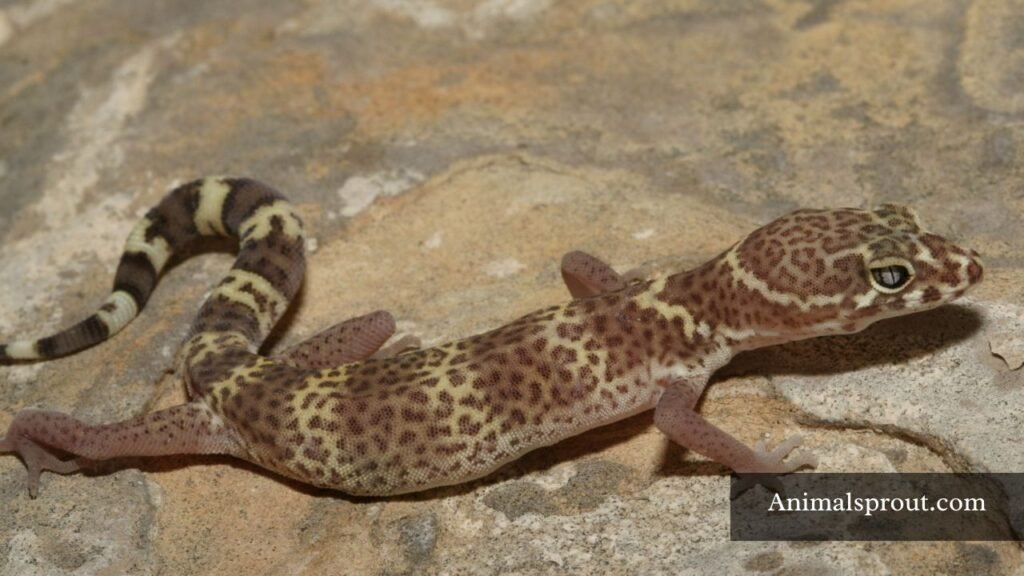
Texas Horned Lizard
Scientific Name: Phrynosoma cornutum
Length: 3.5 to 5 inches
The Texas Horned Lizard, often affectionately called the “horny toad,” is a remarkable example of adaptation in the Lone Star State. With its distinctive spiky body and flattened shape, this reptile is not just a visual marvel but also a master of camouflage. When threatened, it can flatten itself against the ground, blending seamlessly with its surroundings, making it a challenge for predators to spot. This unique defense mechanism is a testament to nature’s ingenuity, allowing it to thrive in the arid environments of Texas.
Eastern Collared Lizard
Scientific Name: Crotaphytus collaris
Length: 8 to 15 inches
The Eastern Collared Lizard, a striking reptile native to Texas, showcases an incredible blend of beauty and adaptability. With its vibrant green and yellow hues contrasted by distinctive black “collars” around its neck, this lizard is not just a visual delight but also a master of survival in the diverse Texan landscape. Found primarily in rocky outcrops and arid regions, it thrives in environments where few other creatures dare to tread, showcasing its remarkable ability to navigate the challenges of heat and scarcity.
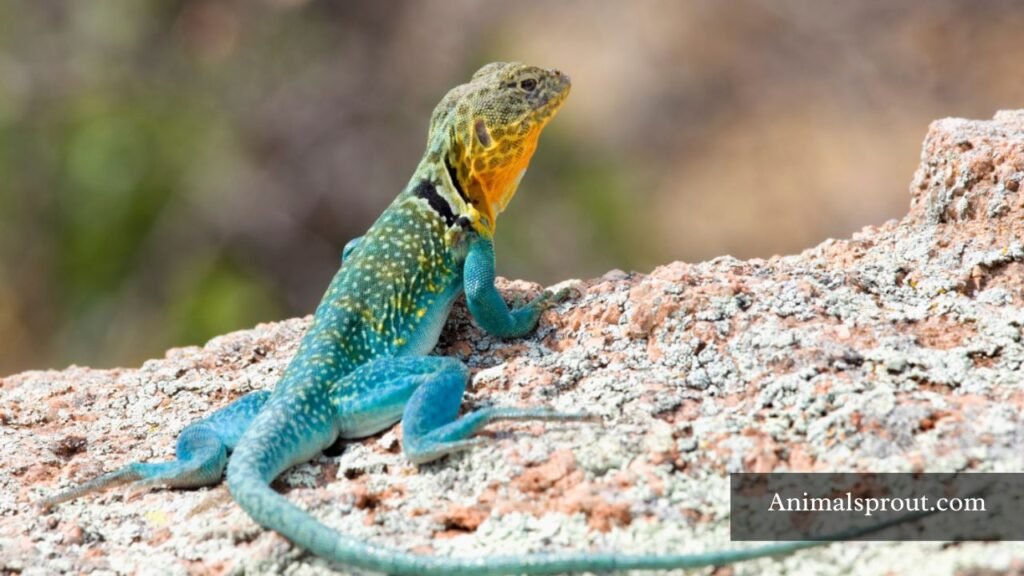
What makes the Eastern Collared Lizard particularly fascinating is its social behavior. Unlike many solitary reptiles, these lizards often engage in displays of dominance, utilizing their vibrant colors to attract mates and fend off rivals. This intricate dance of courtship adds a layer of complexity to their lives, revealing a side of nature that goes beyond mere survival.
Desert Spiny Lizard
Scientific Name: Sceloporus magister
Length: 8 to 14 inches
The Desert Spiny Lizard, with its stunning array of colors and distinctive spiny scales, is a true marvel of adaptation. Found primarily in the arid regions of Texas, this lizard has evolved to thrive in harsh environments where few others can. Its ability to blend seamlessly into the rocky terrain is not just for show; it’s a vital survival tactic against predators. Observing one basking on a sun-soaked rock, you might mistake it for a piece of the landscape itself.
Beyond their striking appearance, Desert Spiny Lizards play a crucial role in the ecosystem. As both predator and prey, they help maintain the delicate balance of life in their habitat. Their diet primarily consists of insects, which they skillfully hunt with quick movements and keen eyesight. However, it’s their unique social behavior that captivates researchers; these lizards engage in intricate displays of color and movement to communicate dominance and attract mates. This fascinating interplay of biology and behavior showcases the rich tapestry of life that thrives in Texas’s deserts.
Eastern Fence Lizard
Scientific Name: Sceloporus undulatus
Length: 4 to 7.5 inches
The Eastern Fence Lizard is a small, yet striking reptile that thrives in the diverse landscapes of Texas. Often seen basking on sun-drenched rocks or wooden fences, these lizards exhibit a fascinating mix of adaptability and resilience. Their rough, spiny scales provide excellent camouflage against the rugged terrain, allowing them to blend seamlessly into their environment, evading predators while catching the eye of curious onlookers.
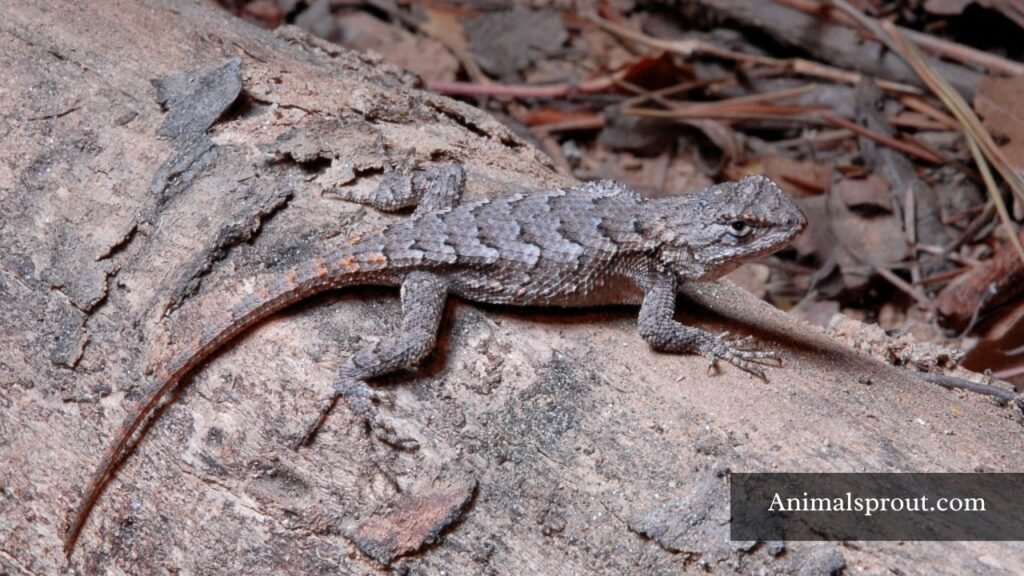
What sets the Eastern Fence Lizard apart is not just its appearance but its unique behavior. Males engage in an elaborate display during mating season, puffing out their throats and showcasing vibrant blue markings to attract females. This captivating courtship ritual is a reminder of the intricate social dynamics in the animal kingdom. Moreover, their ability to regulate body temperature by sunbathing or seeking shade illustrates a remarkable adaptation strategy essential for survival in the often harsh Texas climate.
Readmore: Explore Top 13 Animals That Live in Bogs.
Final Words
Texas is home to a diverse array of lizard species, each uniquely adapted to thrive in the state’s varied ecosystems. From the vibrant Green Anole found in urban gardens to the elusive Horned Lizard that calls the arid regions home, these reptiles play crucial roles in their habitats. Understanding the behaviors and habitats of these lizards not only enriches our appreciation for biodiversity but also highlights the importance of conservation efforts. As human activities continue to impact their environments, it becomes increasingly vital to protect these remarkable creatures. Let’s take action by supporting local conservation initiatives and educating ourselves and others about the lizards of Texas.
FAQs
What do lizards eat in Texas?
Lizards in Texas have a varied diet that mainly consists of insects. They commonly eat crickets, grasshoppers, and ants, which are abundant in the warm climate. Some larger species may also consume small rodents or other lizards. In addition to insects, many lizards enjoy plant matter, including fruits and flowers. This omnivorous diet helps them thrive in diverse habitats across Texas, from deserts to forests.
Are there poisonous lizards in Texas?
No, there are no poisonous lizards in Texas.
What is the biggest lizard in Texas?
The biggest lizard in Texas is the Texas alligator lizards, which can reach lengths of about 10 to 16 inches.
What is the rarest Lizard in Texas?
The rarest lizard in Texas is the Dunes Sagebrush Lizard (Sceloporus arenicolus). This small, colorful lizard is primarily found in the sandy dunes of West Texas, particularly around the Permian Basin. Its unique habitat, which consists of shinnery oak and sandy soils, makes it quite vulnerable to environmental changes and human activities.

